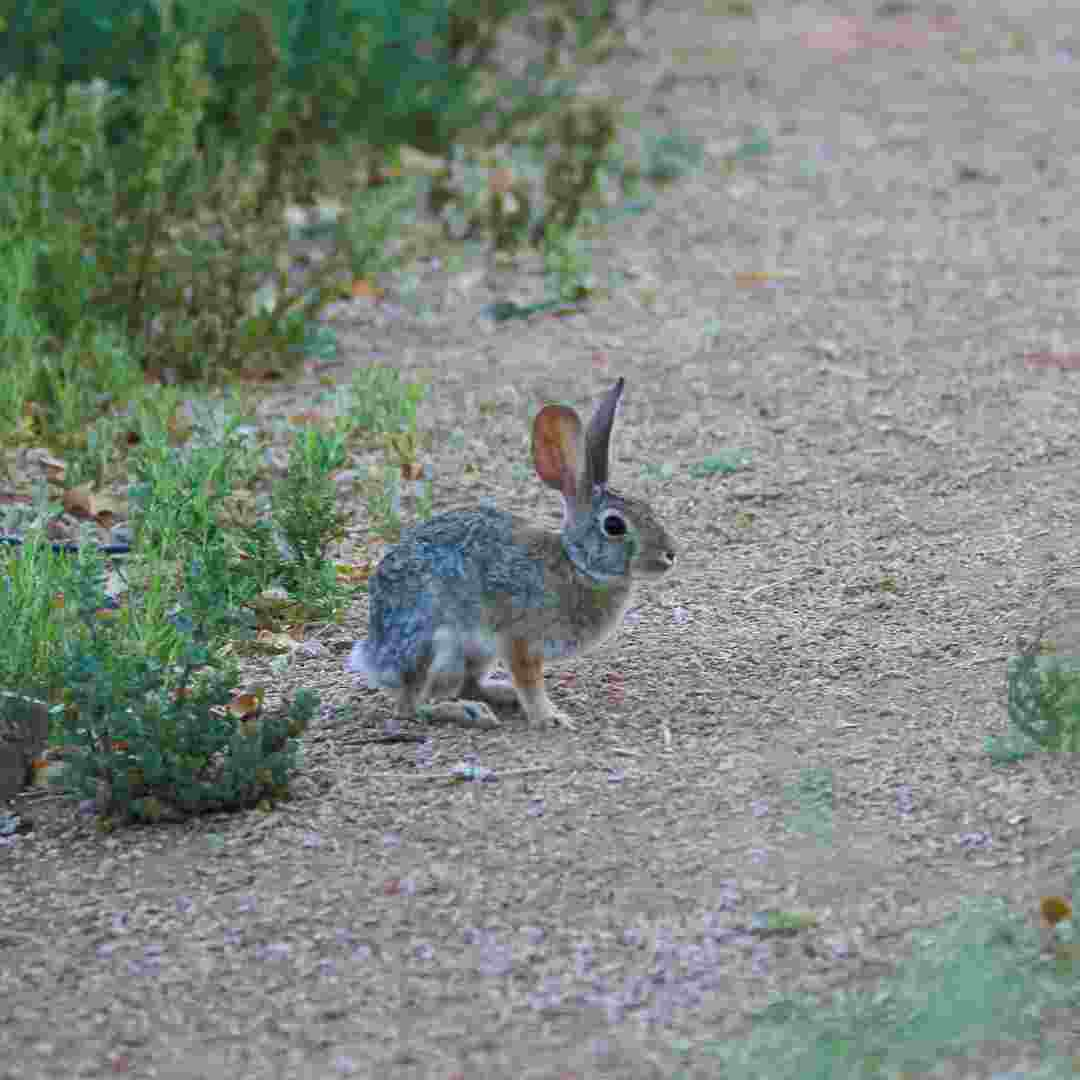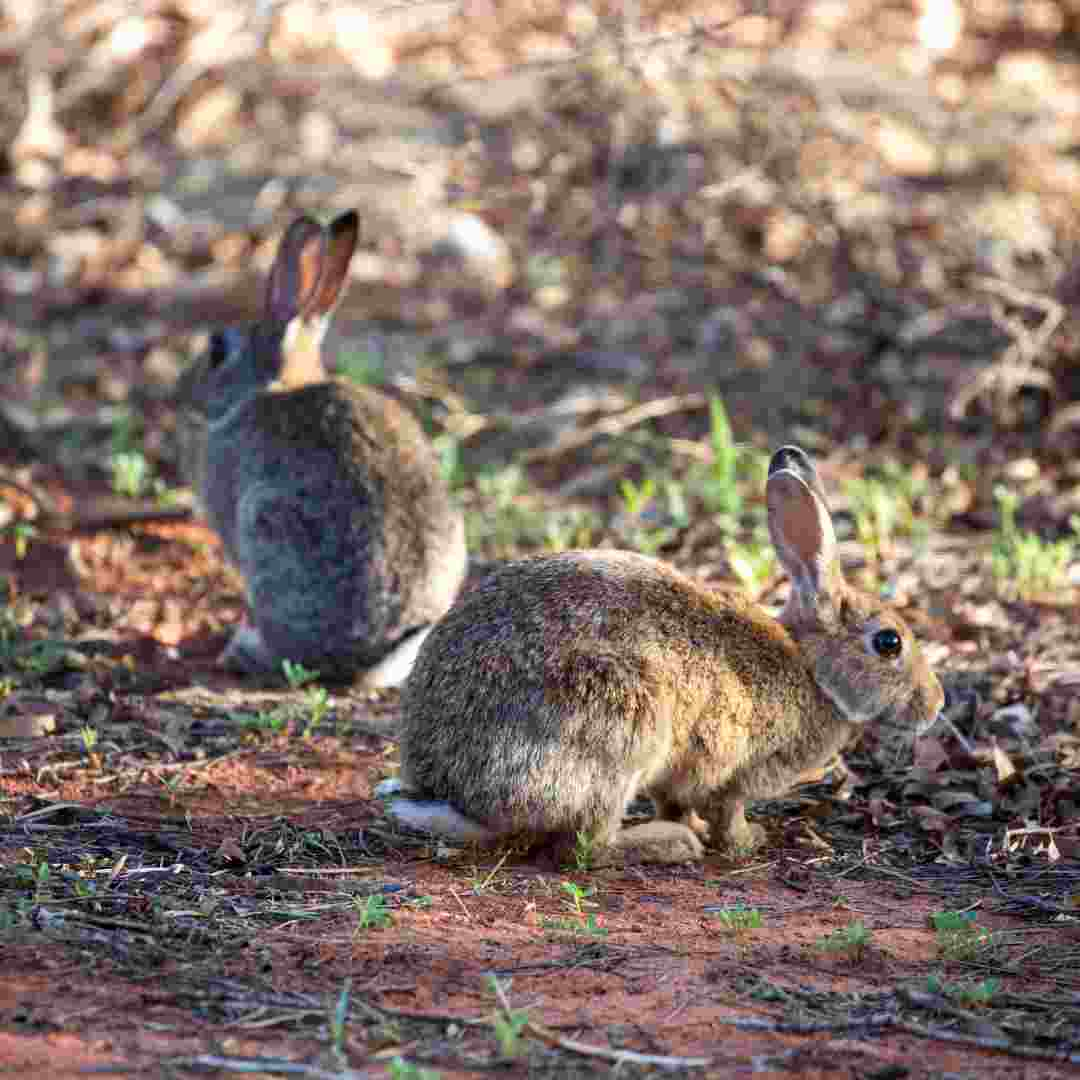Contents Table
Introduction
Australian Rabbit History: How Were They Introduced?
Rabbit Impact on Australian Ecosystem
Australian Rabbit Farming Pros and Cons
Australian Agriculture and Rabbits
Australia's Rabbit Control Issues
Q&A
Conclusion
Introduction
Animals like rabbits are iconic in Australia, and their introduction has had a major impact on the ecology. European immigrants brought rabbits to Australia for food and sport in the mid-1800s. Since then, rabbits have become a major nuisance, harming the environment and agriculture. Many people keep them as pets. This article discusses Australian rabbits, their environmental impact, and ongoing measures to restrict their population.
Australian Rabbit History: How Were They Introduced?
Small mammals like rabbits are native to Europe, North Africa, and Asia. They became one of Australia's most devastating invasive species after being introduced in the mid-19th century.
Australian rabbits were introduced in 1859 when rich English planter Thomas Austin released 24 wild bunnies on his Victoria farm. Austin was an avid hunter who wanted to introduce a new game species. Poor guy didn't realise the ramifications of his conduct.
Rabbits proliferated across the continent. They devastated crops and native plants by the early 20th century. In 1950, the Australian government introduced myxomatosis, a rabbit-killing virus, to manage the rabbit population.
Despite these attempts, rabbits plague Australia. They continue to destroy crops and native vegetation and cost the nation millions in control and maintenance.
Rabbits have devastated Australia's environment and economy. It emphasises the need of knowing the effects of introducing non-native species.
Rabbit Impact on Australian Ecosystem
Rabbits have greatly impacted the Australian ecosystem. European settlers brought rabbits to Australia in the mid-1800s, and their population has increased tremendously. Rabbits compete with local animals for resources and damage the environment, harming Australia's native flora and wildlife.
Rabbits breed quickly and can become uncontrollable. Rabbits harm crops and native vegetation in Australia, making them pests. Rabbits dig burrows and eat plant roots, eroding soil. This can destroy native habitats and displace native species.
Rabbits can harm the water cycle. As they eat plants, they reduce other species' water supply. This may reduce biodiversity because some species cannot thrive in the changing environment.
Rabbits have environmental and economic implications. Farmers lose a lot to them because they eat crops. This can lower agricultural output and raise food production costs.
Rabbits have greatly impacted the Australian ecosystem. They can damage the environment and cost farmers money due of their exponential population growth. To conserve Australia's native flora and animals, rabbit control is necessary.
Australian Rabbit Farming Pros and Cons
Pros of Australian Rabbit Farming
1. Low Start-up Costs: Rabbit farming is cheaper than other livestock production. Rabbits are cheap and require little room and equipment.
2. Low Maintenance: Rabbits need little daily care. They can live in small confines and are easy to feed.
3. High Reproduction Rate: Rabbits can have 10 litters per year. This makes them excellent for farmers wishing to swiftly expand stock.
4. Versatile: Rabbits provide meat, fur, and pet food. This makes them versatile for farmers diversifying their income.
Cons of Australian Rabbit Farming
1. High sickness Risk: Rabbits can get myxomatosis and rabbit hemorrhagic sickness. This can cause high farmer mortality and financial losses.
2. High Feed Costs: Healthy and productive rabbits need a good diet. Farmers may face hefty feed expenses.
3. Predation: Foxes, cats, and dogs prey on rabbits. Farmers may suffer big losses.
4. Limited Market: Australian rabbit meat and fur growers struggle to sell their products.
Australian Agriculture and Rabbits
Australian rabbits harm farms and pastures. Australian farmers also benefit from rabbits. Rabbits can be raised for meat, fur, and fertilizer-rich droppings.
Australian sausages, pies, and other meals typically use rabbit meat, a popular protein source. Rabbit meat is healthful and sustainable because it's high in protein and low in fat. Fashion designers use rabbit fur to manufacture jackets, caps, and other items.
Farmers also benefit from rabbit droppings. Rabbit droppings are perfect agricultural and pasture fertilisers since they include nitrogen, phosphate, and potassium. Make compost from rabbit droppings to boost soil fertility.
Rabbits can reduce weeds and pests. Rabbits naturally eat numerous plants and pests, helping control them. This can reduce the need of environmentally hazardous pesticides and herbicides.
In conclusion, Australian farmers can benefit from rabbits. They can be raised for meat, fur, droppings, and weed and pest management. Rabbit farming can reduce pesticide and herbicide use and provide farmers with a sustainable income.
Australia's Rabbit Control Issues
Land managers and conservationists in Australia have struggled with rabbit populations for years. The mid-19th century introduction of the European rabbit to Australia destroyed native plants, eroded soil, and competed with native species for food and habitat.
Due to their fast reproductive rate and adaptability, rabbit populations are hard to control. Female rabbits can have seven litters every year. Even once a big rabbit population is destroyed, it can soon recover. Rabbits may swiftly establish new populations and territories due to their mobility.
Several methods can control rabbit numbers. Fencing, trapping, shooting, and calicivirus are examples. Fencing keeps rabbits out, but it's expensive and laborious to maintain. Trapping and shooting reduce local populations but are unsuitable for large-scale control. Caliciviruses kill rabbits, but they can also harm other species.
Land managers and conservationists can limit rabbit impacts on the environment beyond these management strategies. This includes limiting food and shelter and promoting natural plant growth.
Controlling Australian rabbit populations is challenging and continuous. The correct techniques and management approaches can decrease their impacts and safeguard native species and habitats.

Q&A
1. When did rabbits arrive in Australia?
Australia got rabbits in the mid-19th century.
2. Why were rabbits introduced to Australia?
Rabbits were introduced to Australia for hunting and eating.
3. How have rabbits affected Australia?
Rabbits compete with native animals for food and habitat, erode soil, and degrade vegetation in Australia.
4. What rabbit control methods have been done in Australia?
The myxoma virus, baiting, trapping, and exclusion fence have been used to control rabbits in Australia.
5. Are there Australian rabbit species?
No, Australia has no native rabbits. All Australian rabbits are descendants of mid-19th-century European rabbits.
Conclusion
Finally, rabbits have had a major impact on Australia's ecology and native animals. Rabbits have destroyed native vegetation and displaced native species. Rabbits have also hurt the agriculture business, causing major losses. Despite their detrimental effects, rabbits have supplied food and income for some Australians.
